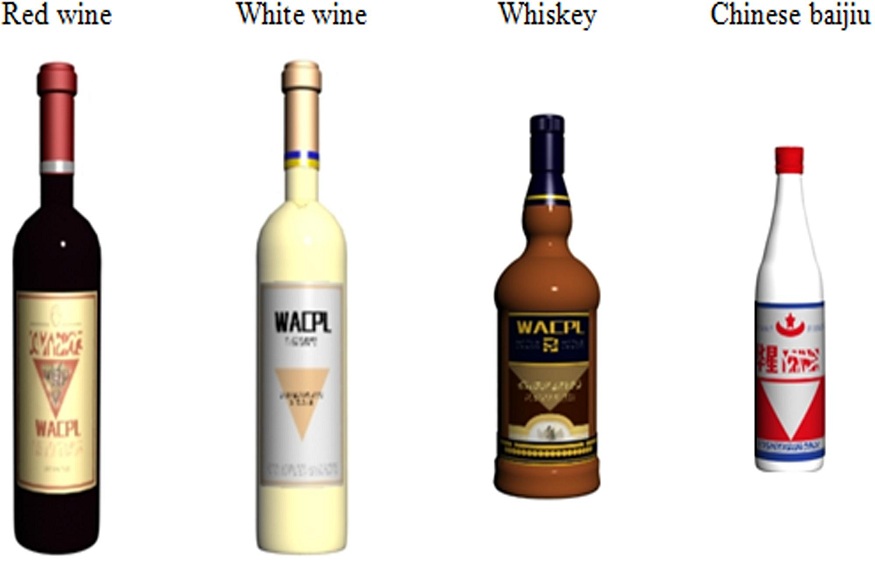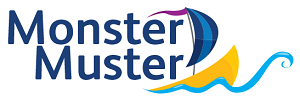What Is The Psychology Behind Wine Labels?

A walk through the aisles of wine stores and supermarkets might feel like you’re lost in the Bermuda Triangle unless you have a smooth-talking salesperson to act as a co-pilot. Some wine connoisseurs arrive with such a list, while others like to wing it and then let wine fate choose the right bottle of wine for their occasion. Favorite grape varietals and well-known wine locales surely aid in narrowing down the search, but when all other factors are equal, what is it that makes one bottle stand out above the rest of the competition?
Advertising art and text has dominated the advertising industry for more than a century. Sleek designs and captivating writing have sold us products and services. But what precisely is the motivation behind the creation of custom bottle labels, and what, if any, psychological games are at play in the process?
One of the most prominent strategies used by custom bottle labels designers is to try to make the label appear the way a customer would like to feel while looking at it. They may accomplish this through the use of colors, fonts, and images, among other things.
IMPORTANT POINTS
In order to determine the molecular inventory of wine, a gas chromatograph must be used.
The chemical p-mentha-8-thiol-3-one is credited with giving Sauvignon Blanc its characteristic cat piss fragrance. The chemical 1,1,6-trimethyl-1,2-dihydro naphthalene is responsible for the petrol notes seen in aged Riesling (TDN). When it comes to wine evaluations, they frequently mirror a psychoanalytical character study:
Château Angélus was praised by wine critic Robert Parker in 2005 for its “extraordinary scent,” which included charcoal, roasted espresso beans, berries, blueberries, as well as a hint of wood. “Its closely packed purple color is followed by such an exceptional scent of charcoal, cooked espresso beans,” wrote Parker of the Château Angélus in 2005.
Other wine connoisseurs are even blunter: costly Bordeaux, for example, is considered to have a leather fragrance. Old Riesling is said to have a petrol-like smell, according to the locals. The feature of Sauvignon Blancs that smell like cat urine is believed to be a distinguishing attribute of particularly high-quality Sauvignon Blancs.
For a long time, I couldn’t shake the image of cat piss in my head. What is it about a wine which costs 50 euros that makes it smell like cat urine? This question steered me in the direction of my present study interests. What is the best way to describe odors? And what is the source of such odd olfactory descriptions?
An Experiential Smell
Try sipping a fine wine while keeping your nose pressed tight. The flavor is approximate as stimulating as the English cuisine of the 1970s in terms of complexity. Exhaling causes odor molecules to migrate from the mouth into the nasal cavity, where they are supported by the air that is expelled from the lungs. Complex aromas, including vanilla, tobacco, and blueberry, are produced by odor molecules that migrate from the mouth through the throat and into the nasal cavity. What appears to be a taste in the mouth is, in fact, a scent sensation that occurs.
The Gas Chromatograph is a type of analytical instrument.
The gas chromatograph operates on a straightforward yet innovative basis. In order to determine which compounds are present in complex organic compounds, the vapor is extracted from them and analyzed (and in what quantities). The vapor material is put into a gas stream, which further travels down a tube. The gasses utilized are odorless to the human senses; for instance, helium or nitrogen are employed. Due to the fact that volatile molecules are not all equally heavy, certain components reach the other end of the tube faster than the others. There, you can track down exactly what, when, and how much of it has arrived. The outcome is a precise molecular fingerprint of complicated combinations that may be used to identify them. In addition, you may smell the distinct components in order of appearance. The TDN in Riesling was identified by Terry using this approach in very tiny but highly strong levels.
Since the beginning of time, the wine business has enjoyed tremendous success by operating behind a cloak of mystery. This has nearly become a standard element of the marketing process.” That, however, is no longer desired by the public. Younger drinkers have really no interest in a snobbish and intimidating sector that is inaccessible and intimidating. Instead, they want to comprehend what they’re drinking; they really would like to feel involved, and they want to be inspired by what they’re drinking. Winemakers appear to be on the verge of accomplishing their objective of accommodating their preferences.
For better marketing and making your brand awareness in the market, you must consider custom bottle labels for your wines.






